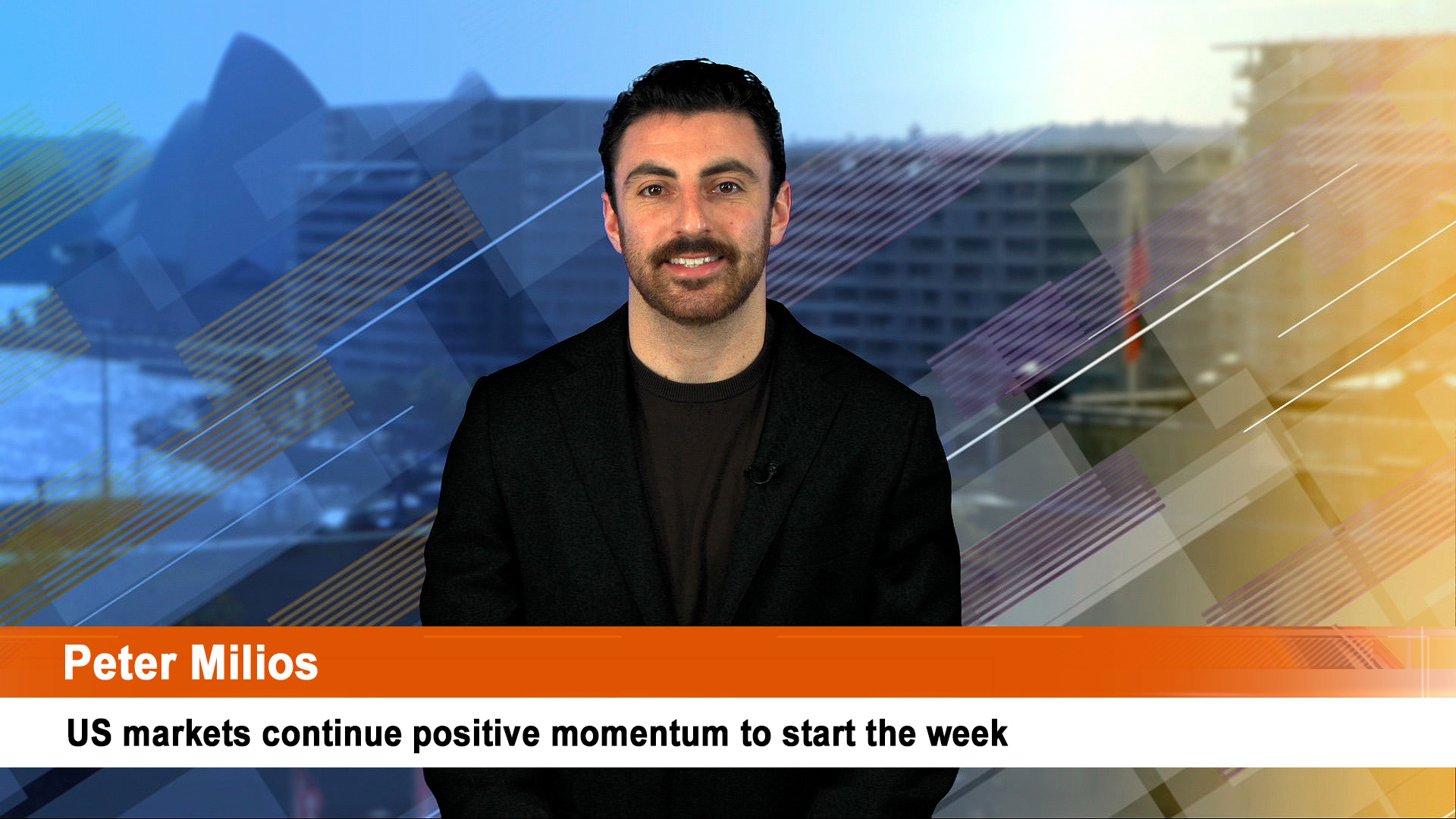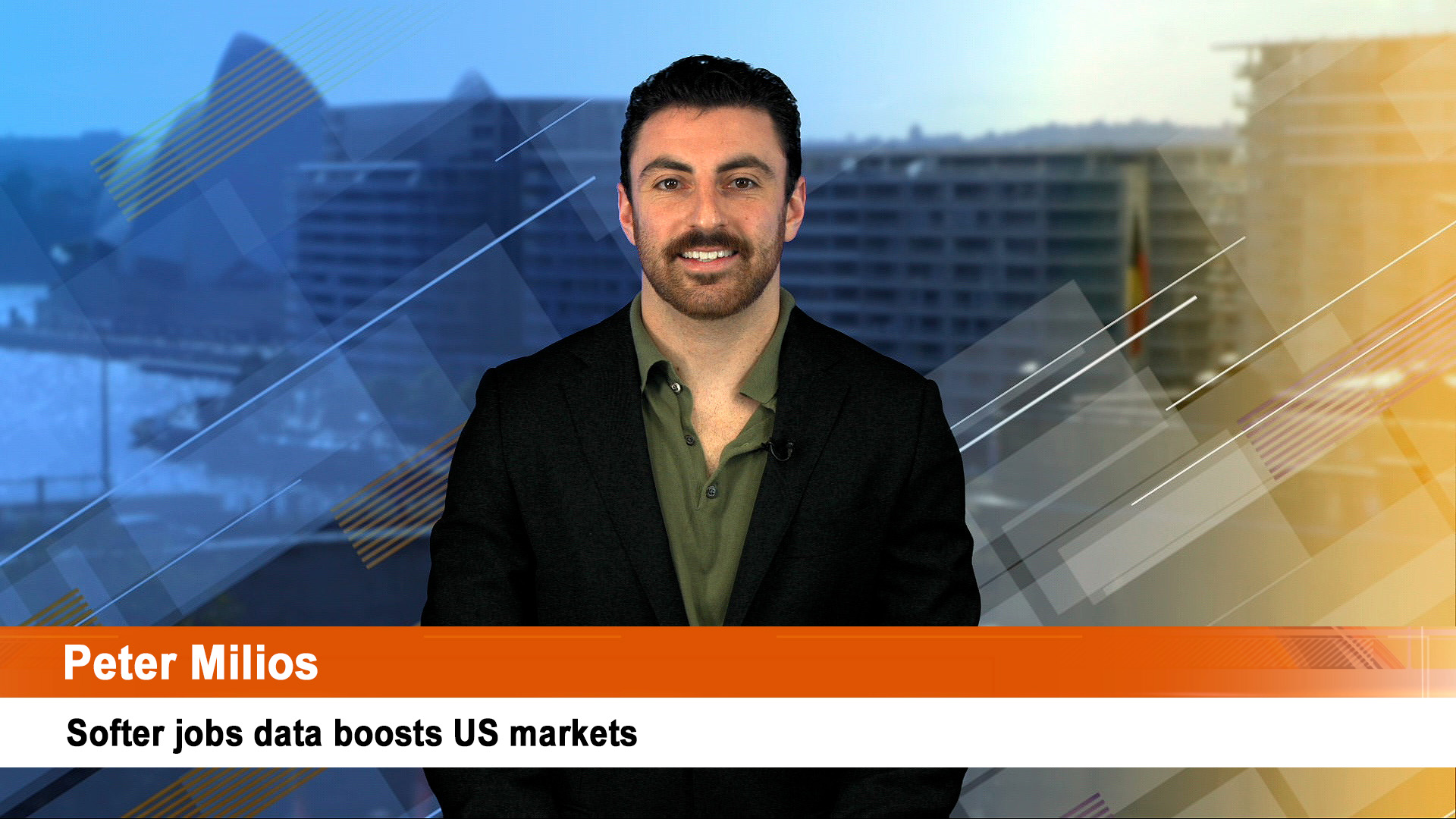Well, it might upset some of our self-centred campaigning politicians, but there will only one story for global markets in this holiday-shortened week – US inflation.
That will top off the usual attention-grabbing start of the US March quarter earnings season; as well as Covid, especially in China and the continuing Ukraine invasion by Russia.
That’s more than enough for markets to handle but Tuesday’s CPI report will dominate the entire week up to and through the Easter break.
The CPI is expected to come in above February’s 7.9% annual rate. Barclays reckons it could be as high as a rise of 1.2% month on month. But the bank’s economics team says that will be the peak and prices will dip.
The AMP’s chief economist Shane Oliver forecasts a more modest annual rise of 8.4%, or 0.5% month on month, with core inflation rising to an annual 6.6% rate.
“I suspect at the end of next week, with the long weekend ahead, people will want to cut risk, but I suspect it could be a pretty rocky ride with CPI before we see that,” said Wells Fargo’s Michael Schumacher.
After the inflation reports, the four-day holiday week is packed with economic reports. Some will be released on the Good Friday market holiday – the monthly reports on Empire state manufacturing (New York State) and industrial production.
Also this week, the US March quarter earnings season kicks off in the holiday shortened week with reports from a batch of big banks and financial firms, including JPMorgan and Blackrock on Wednesday and Goldman Sachs, Bank of New York, Wells Fargo, PNC, and Citigroup on Thursday.
Analysts reckon financial firms will report sharply lower profits for the quarter – down an estimated 22% while overall earnings are estimated to be up 6.1%, thanks mostly to surging earnings from oil and energy majors.
Exxon Mobil last week said its March quarter net profit could get close to $US11 billion which would be close to the all-time high set just before the GFC.
Shell also warned that it expects to take impairment write downs and losses of $US4 to $US5 billion from exiting Russia. Exxon’s bill will be around $US4 billion.
Thursday sees the important retail sales data for last month and the first quarter released which will help set forecasts for the first GDP estimate for March at the end of the month
The war in Ukraine will remain a focus, as investors look for any signs of change in the crisis with more Russian atrocities being uncovered and their attack heading east after giving up on Kiev.
Friday saw the Dow end up 137.55 points, or 0.4%, at 34,721.12, the S&P 500 lost 11.93 points, or 0.27%, to close at 4,488.28 and the Nasdaq Composite dropped 186.30 points, or 1.34%, to 13,711.00.
For the week, the S&P fell 1.16%, the Dow lost 0.28% and the Nasdaq shed 3.86%, as the index was hit after the minutes of the most recent Fed meeting as officials made it clear rates will rise by larger amounts than some in the markets had been forecasting.
…………
Eurozone shares rose 1.4% on Friday but the US S&P 500 fell as Fed tightening concerns continue to impact.
That big rise in Friday halved the week’s loss for Eurozone shares which ended down 1.3% by the close on Friday. Japanese shares fell 2.5% and Chinese shares lost 1.1% as Covid continued to strangle Shanghai, the country’s biggest city and financial capital.
Despite the weak US lead, ASX 200 futures rose 27 points, or 0.4%, pointing to a positive start to trade for the Australian share market later this morning.
The ASX 200 closed 0.5% higher on Friday, up 35.2 points to 7,478 as mining stocks rebounded from a 3-day losing streak.
Australian shares also fell 0.2% with strength in utilities and energy stocks offset by weakness in retailers, IT and materials.
Bond yields rose sharply with the 10-year US yield ending the week at 2.71%, and the Australian 10 year bond yield ended at 2.96%, up 5 points on the day.
Oil, metal and iron ore prices fell back under $US160 a tonne on the Singapore futures market.
While the $A briefly made it above 76 US cents it ended the week lower at 74.60 US cents after a further rise in the greenback.













